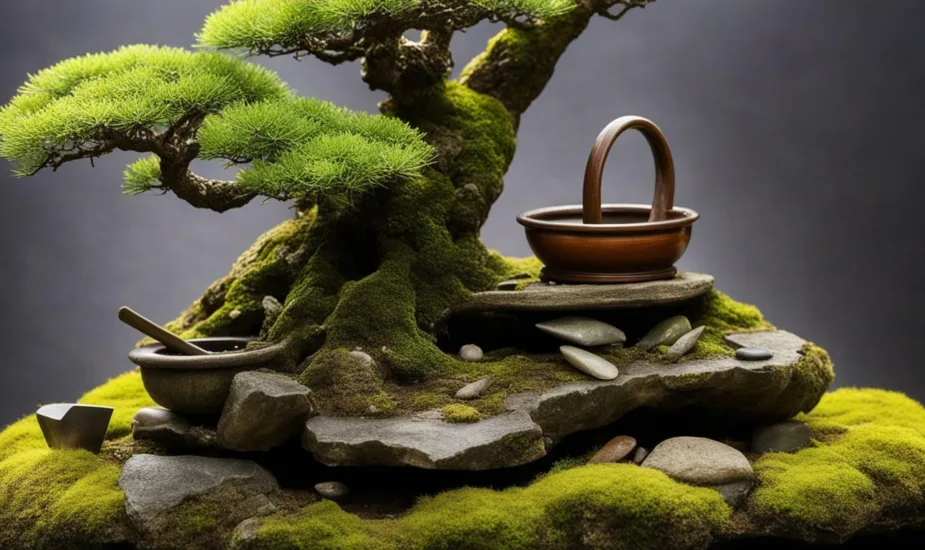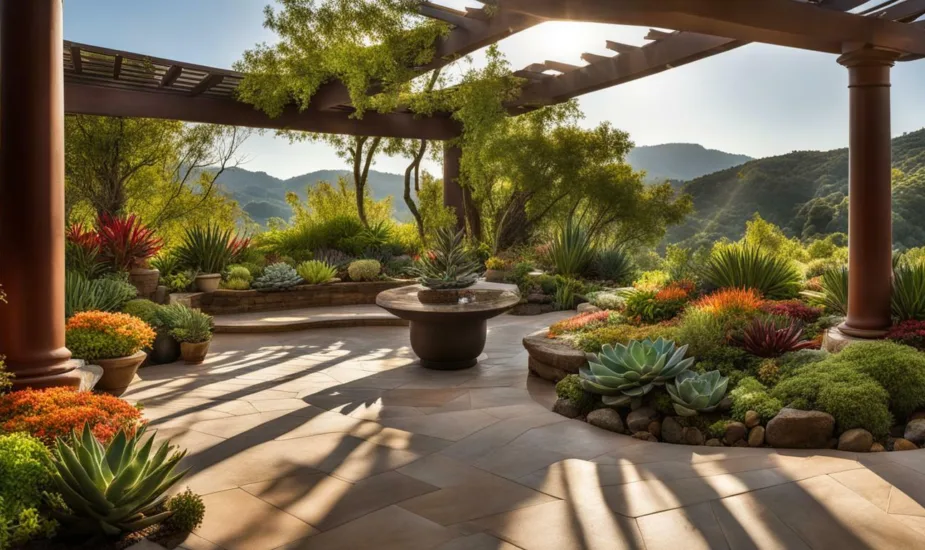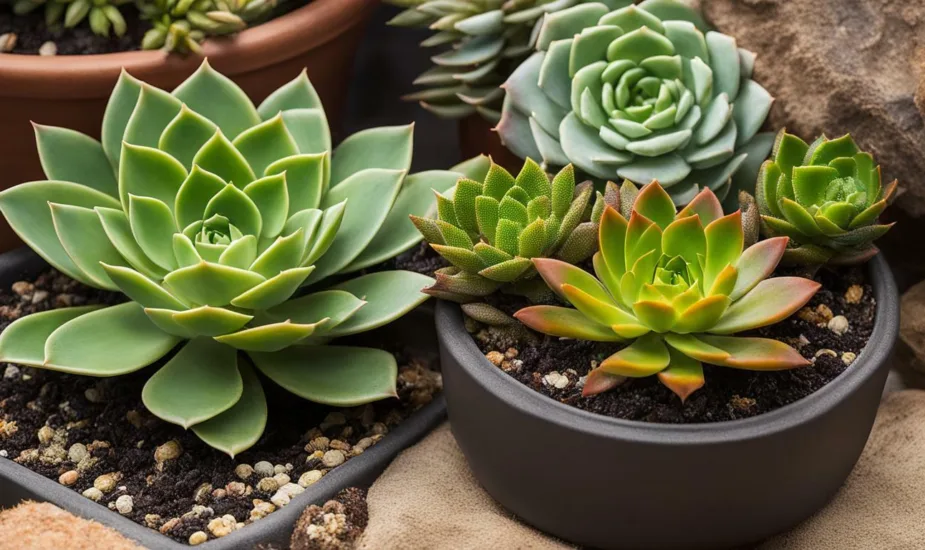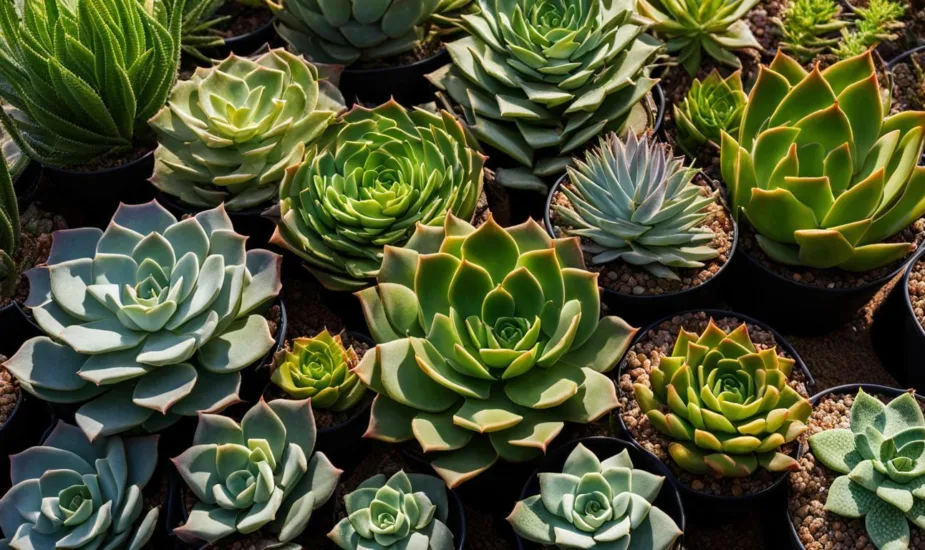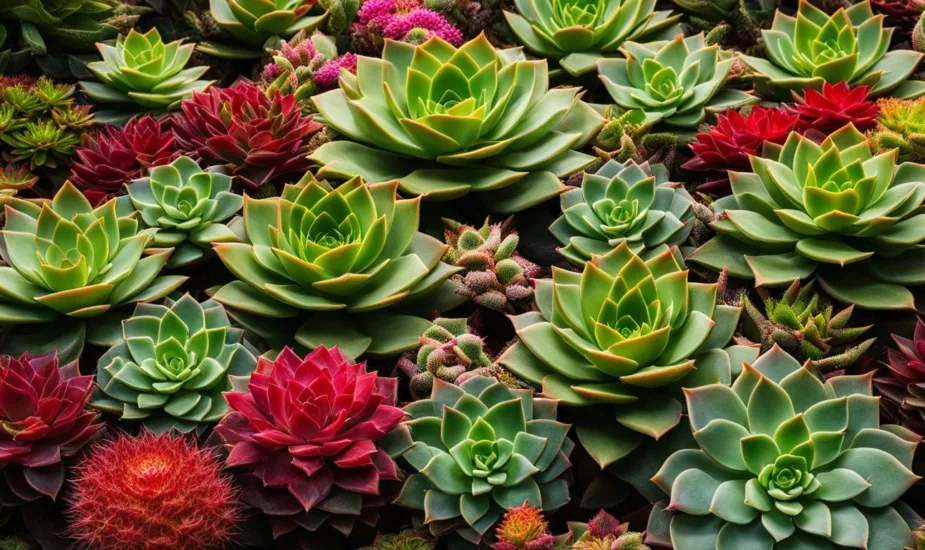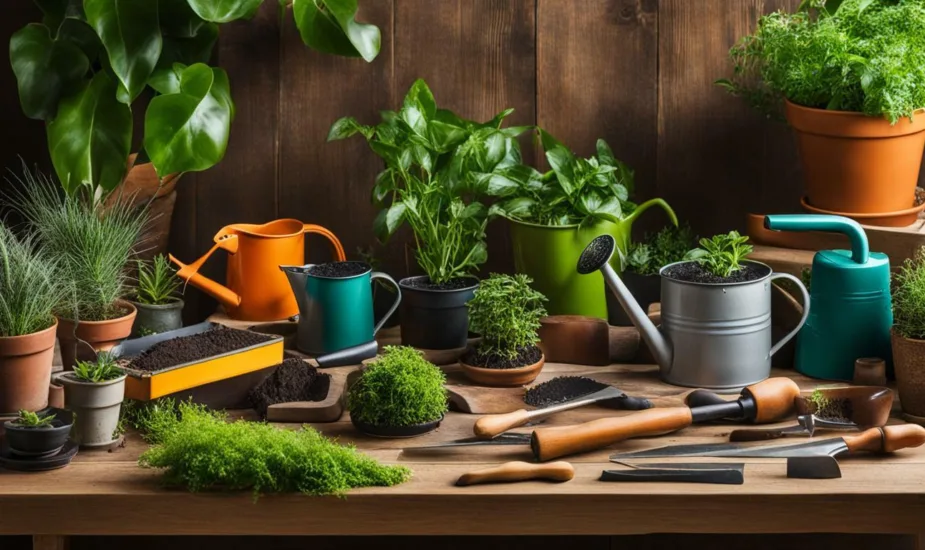Transform Your Space with an Indoor Gardening Table
Transforming your space with an indoor gardening table is a great way to bring the beauty of nature indoors.

An indoor garden table is a versatile piece of furniture that can be used to grow everything from flowers to vegetables. Not only does it add a touch of greenery to your living space, but it can also enhance the air quality and provide a sense of tranquility.
Key Takeaways:
- An indoor gardening table can add a touch of greenery and a sense of tranquility to your living space
- Choosing a suitable location, creating an even workspace, and selecting the right plants are crucial steps in setting up an indoor garden table
- Repurposing an old indoor table for outdoor use can be a budget-friendly way to create a garden table
Choosing a Suitable Location
To create an optimal indoor gardening setup, you’ll first need to choose a suitable location for your garden table. This will depend on the space available in your home and the type of plants you want to grow. Bathrooms, basements, and attics are all good options, as they provide the necessary light and temperature control that plants need to thrive. Additionally, these spaces are often underutilized, so creating an indoor garden can transform them into functional workspaces.
When selecting a location for your indoor gardening furniture, it’s important to consider the workspace. You’ll want to use a table for indoor gardening that provides enough surface area to accommodate your plants and tools. Additionally, you’ll need to ensure that the area is even and level, as this will help prevent spills and ensure proper growth. For added protection, you may want to cover the table with a sheet of plywood, which will also provide a stable surface for potting and repotting your plants.
Another important consideration when choosing a location is the lighting. Most indoor plants require at least six hours of direct or indirect sunlight each day. If your space doesn’t receive enough natural light, you’ll need to supplement with artificial lighting. LED shop lights are a cost-effective option and can be hung from the ceiling or mounted on the walls around your indoor gardening workspace.
Finally, consider the temperature and humidity levels in your chosen location. Most indoor plants prefer temperatures between 60-75 degrees Fahrenheit and humidity levels between 40-60%. If your space is too dry, you may want to invest in a humidifier to provide the necessary moisture.
Creating an Even Workspace
Once you have chosen the right location, the next step is to create an even workspace on your indoor gardening table. This is essential to ensure that your plants receive consistent care and attention. To begin, cover the tabletop with a sheet of plywood to create a flat surface. This will provide a stable foundation for your plants and prevent soil and water from seeping through any cracks or gaps.
It’s also important to protect your floors from any potential spills or water damage. Consider placing a protective mat underneath your indoor gardening table or using a tray to catch excess water. This will help to keep your space clean and tidy while also preventing any damage to your flooring.
To enhance plant growth, you may want to consider using reflective materials such as mylar or matte white paint on the walls surrounding your indoor gardening workspace. This will help to reflect light back onto your plants, maximising their growth potential. Additionally, LED shop lights can be a cost-effective and energy-efficient option for providing adequate lighting in your indoor gardening space.
When it comes to indoor gardening tools, there are a few essentials that you will need. A good pair of pruning shears is essential for maintaining healthy growth, while a watering can or spray bottle can help to keep your plants hydrated. Additionally, a pair of gloves will protect your hands from any thorns or thistles that may be present.
Creating an even workspace on your indoor gardening table is key to ensuring the success of your indoor garden. By taking the time to prepare your workspace and choose the right tools and equipment, you can enjoy a thriving and beautiful indoor garden all year round.

Choosing the Right Plants for Your Indoor Garden
Now that your indoor gardening table is set up, it’s time to choose the perfect plants for your indoor garden. When it comes to selecting plants for indoor gardening, there are a few things to keep in mind. First, consider the environment in which your plants will be growing. Choose plants that thrive in low-light conditions, as well as those that don’t require a lot of space.
If you’re new to indoor gardening, start with easy-to-care-for plants like succulents, spider plants, or pothos. These are great starter plants that don’t require a lot of maintenance and can add a pop of green to any room. If you’re looking to grow herbs or vegetables, consider compact varieties like cherry tomatoes, herbs, or strawberries.
When it comes to indoor gardening setup, it’s important to know the right amount of soil, water, and light to provide to your plants to ensure they thrive. It’s also important to be aware of pests that can harm your plants. Regularly inspect your plants for signs of insects and take measures to keep them at bay.
Finally, make sure to enjoy the process of tending to your plants. Indoor gardening can be a relaxing and rewarding hobby that can help bring a sense of calm and tranquility to your indoor space.

With a little patience and care, you can transform your indoor space into a thriving garden. The possibilities are endless, and the rewards are many. Happy gardening!
Repurposing and Maintaining Your Indoor Garden Table
If you’re looking for a budget-friendly way to create a garden table, consider repurposing an old indoor table for outdoor use. It’s a great way to minimize waste and save money. By following a few simple steps, you can transform your old indoor gardening table into an attractive and functional piece of outdoor furniture.
The first step is to ensure that the table is clean and free from any paint or varnish. You can do this by stripping and sanding the table. Once you’ve removed any old finishes, you can treat the table with weather-resistant finishes to protect it from the elements. Be sure to choose finishes that are designed for outdoor use and follow the manufacturer’s instructions carefully.
When it’s time to store your repurposed garden table, it’s important to take a few precautions. Covering the table with a tarp or storing it in a sheltered area can help protect it from rain and sun damage. It’s also a good idea to periodically inspect the table for any signs of wear or damage. If you notice any issues, address them promptly to prevent further damage.
In summary, repurposing an old indoor gardening table for outdoor use is a great way to create a garden table on a budget. With a little effort and creativity, you can transform your old table into a beautiful and functional piece of outdoor furniture. Remember to choose weather-resistant finishes and take precautions to protect your table from the elements. With proper care, your repurposed table can last for years to come.
FAQ
Q: Can I use any table as an indoor gardening table?
A: While you can technically use any table, it’s important to choose a table that can handle potential spills and has a suitable workspace. Consider using a table with a protective cover or covering it with plywood.
Q: Where is the best location for an indoor gardening table?
A: A suitable location for an indoor gardening table would be a bathroom, basement, or attic. These areas often have the right conditions for plants to thrive, such as humidity and adequate space.
Q: What materials should I use to create an even workspace on my indoor gardening table?
A: To create an even workspace, cover your table with a sheet of plywood. This will provide a stable surface for your plants and protect your table from spills. You can also consider using reflective materials like mylar or matte white paint on the walls to maximize plant growth.
Q: What lighting should I use for my indoor garden?
A: LED shop lights are a cost-effective option for lighting your indoor garden. They provide the right spectrum of light for plant growth and are energy-efficient. Make sure to position the lights at the appropriate height above your plants.
Q: Which plants are best for indoor gardening?
A: There are many plants that thrive in indoor environments. Some popular choices include herbs like basil and mint, leafy greens like lettuce and spinach, and flowering plants like orchids and African violets. Choose plants that suit your preferences and the conditions of your indoor space.
Q: Can I repurpose an old indoor table for outdoor use as a garden table?
A: Yes, repurposing an old indoor table is a budget-friendly way to create an outdoor garden table. Strip and sand any existing paint or stain and choose weather-resistant finishes to protect the wood from the elements. Remember to cover the table or store it in a sheltered area when not in use to prolong its lifespan.
 Little Garden Tips
Little Garden Tips




